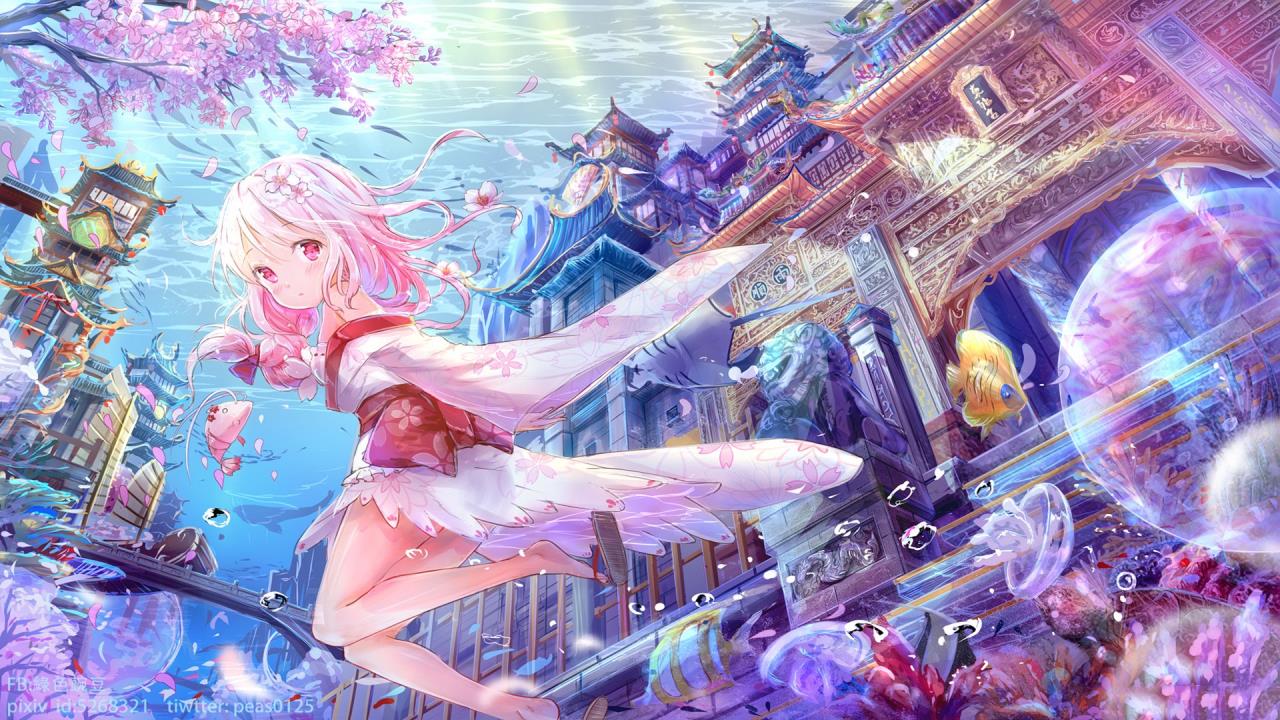壮志凌云2成 版英文名: The Impact of Aviation on Modern Storytelling
Aviation has always been a source of inspiration for storytellers, captivating audiences with its blend of adventure, innovation, and human emotion. The release of Top Gun: Maverick, also known as 壮志凌云2, highlights the enduring impact of aviation on modern narratives, reflecting both technological advancements and the evolution of storytelling techniques.
The portrayal of aviation in films has undergone significant transformation over the decades. From early aerial dogfights in classic war movies to the sophisticated representations in contemporary blockbusters, filmmakers harness the spectacle of flight to evoke a sense of awe and excitement. In Top Gun: Maverick, the filmmakers utilized cutting-edge technology and authentic aerial footage to create a visceral viewing experience that resonates with audiences on multiple levels. This aligns with the trend in modern storytelling where realism and verisimilitude are increasingly prioritized.

The emotional landscape of aviation narratives also plays a crucial role in their impact. In Top Gun: Maverick, themes of courage, sacrifice, and personal growth are intertwined with the adrenaline-pumping thrills of flight. Characters confront their pasts and forge new identities, making their journeys relatable to audiences beyond the confines of the cockpit. This depth of character development enhances audience engagement, elevating the story from mere spectacle to a meaningful exploration of human experience.
Moreover, the symbolism of flight serves as a powerful metaphor in many stories. Aviation can represent freedom, ambition, or the pursuit of dreams, allowing storytellers to delve into philosophical themes that resonate with the human condition. In Top Gun: Maverick, the protagonist’s journey is not only about mastering aviation but also about rediscovering purpose and confronting personal demons, creating a rich narrative tapestry.
The intersection of aviation and storytelling continues to thrive in contemporary media. As technology evolves, so do the narratives surrounding flight, allowing for immersive experiences that engage viewers in unprecedented ways. The aviation industry itself, with its advances in technology and safety, will likely continue to inspire new stories, reminding us of the limitless potential of human ingenuity in our quest for adventure. Thus, aviation remains a vibrant and powerful element in modern storytelling, shaping narratives that are both thrilling and profound.







